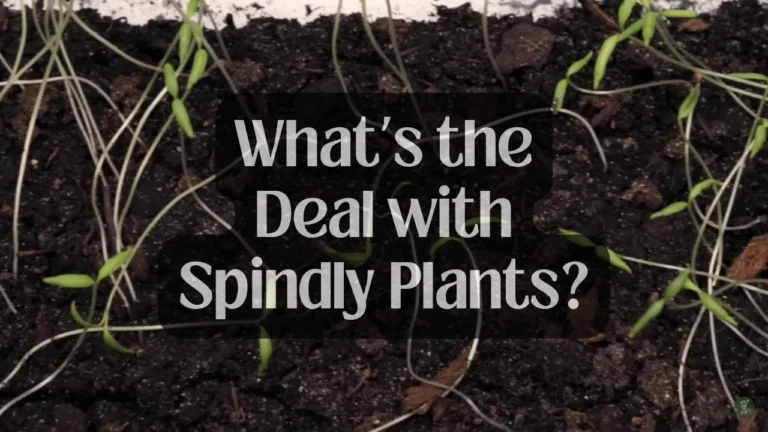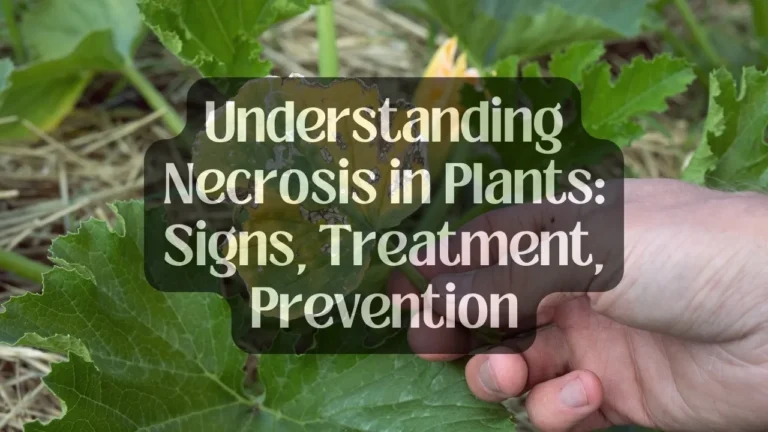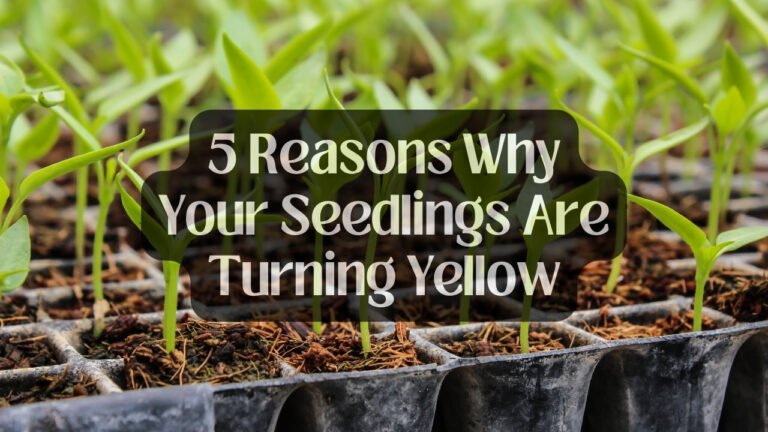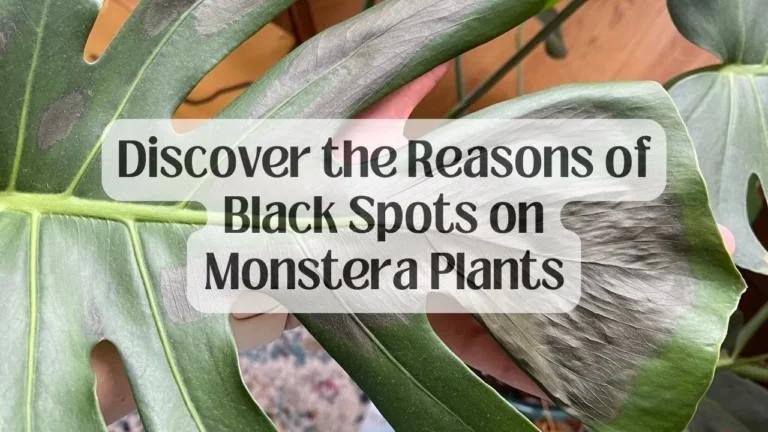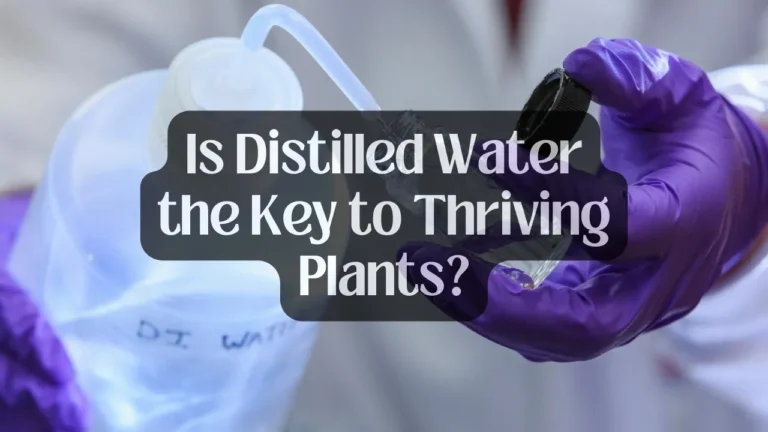Building Your Indoor Grow Light System in 5 Simple Steps
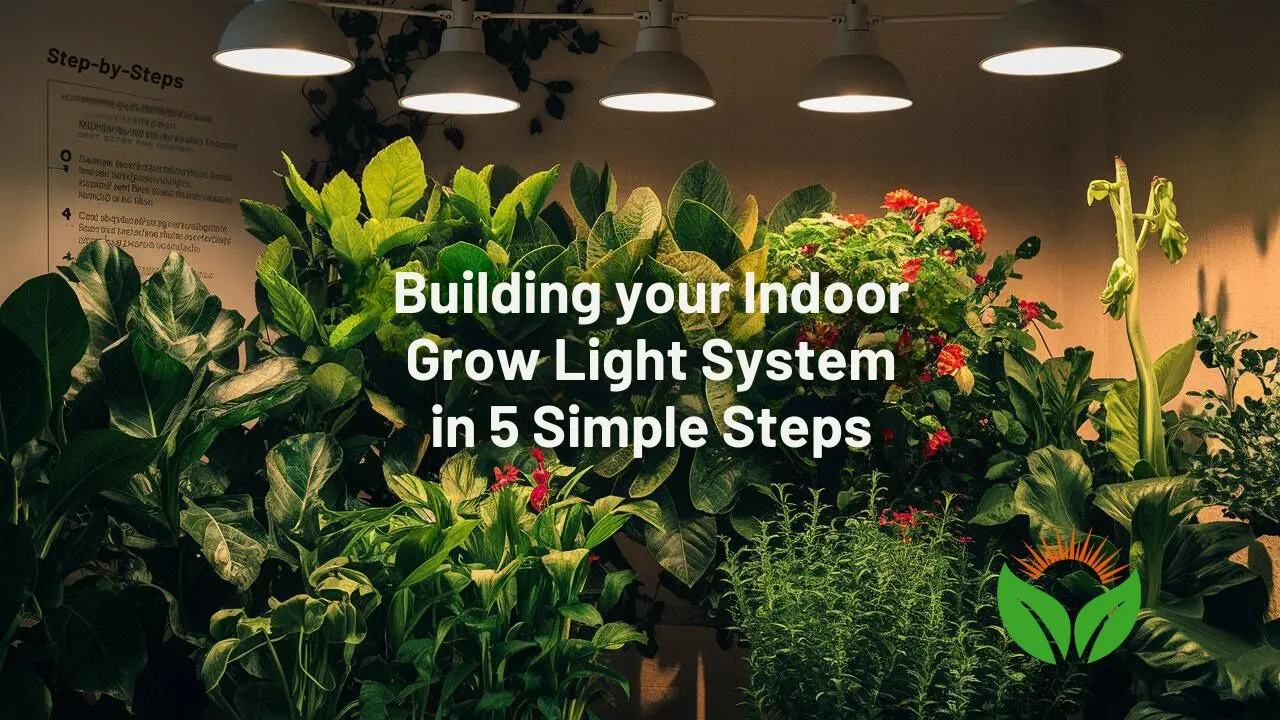
Indoor growing has many benefits, from controlling your plants’ environment to enjoying year-round harvests. Plus, it’s a fun and rewarding hobby. To succeed, the right lighting is crucial.
So, how do you build an indoor grow lights system? To set up grow lights for indoor plants, choose the right light (LEDs are best). Pick a suitable space, hang lights properly, and use a timer for light cycles. Oh, don’t forget to add extras like reflective materials, fans, and humidity control.
In this article, we’ll cover the basics of indoor grow lights and the types available. I’ll try to provide a step-by-step guide to setting up your system. Let’s get started!
Table of Contents
What Are Grow Lights? Why Should You Consider Indoor Growing?
Indoor growing offers many perks:
- Control over your plants’ environment
- Year-round harvests
- Freedom from pests and harsh weather
- A fun, rewarding hobby
But to succeed, you need the right lighting. That’s where grow lights come in.
Grow lights are designed to replicate the sun’s natural rays, providing essential light that allows plants to thrive indoors. These artificial light sources are crucial for indoor gardening and plant cultivation. Why? Because they supply the necessary spectrum of light that plants require for photosynthesis and growth.
There are various types of grow lights available, each offering unique advantages to suit different plant needs and growth stages. For instance, fluorescent lights are energy-efficient and ideal for seedlings and young plants.
LED lights are versatile, long-lasting, and can be customized to emit specific light spectrums. High-intensity discharge (HID) lights are powerful options often used for large-scale or commercial growing operations.
How Do You Set Up Your Grow Lights for Indoor?
I’ll try to make a step-by-step guideline for the process. Here’s how to do it.
Step 1: Choose the Right Grow Light for You
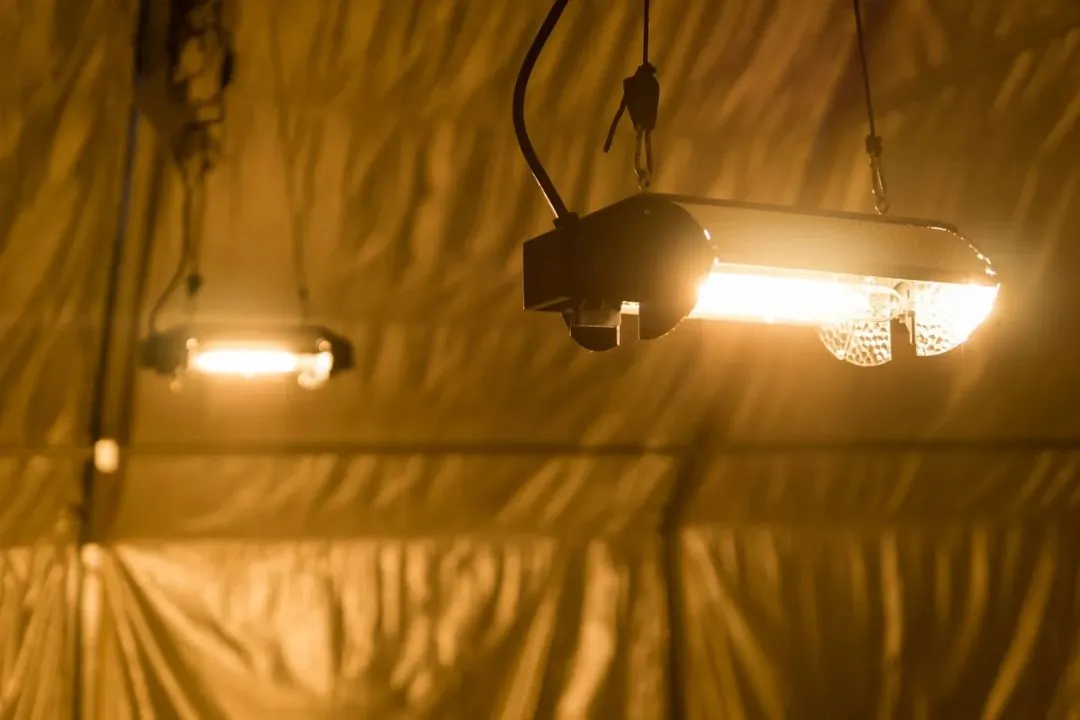
It’s important to pick the right type of grow light for your garden. Let’s break down the main types:
Fluorescent Lights
- Good for leafy greens and herbs
- Low heat output
- Affordable
LED Lights
- Energy-efficient
- Long-lasting
- Great for most plants
HID Lights
- Powerful output
- Best for large setups
- Higher energy use
For most home growers, LED lights offer the best mix of performance and efficiency.
Step 2: Choose Your Space

First, pick a spot for your indoor garden. Consider these factors:
- Room temperature (65-75°F is ideal)
- Humidity levels (40-60% works well)
- Ventilation
- Access to power outlets
A spare room, basement, or even a closet can work great.
Step 3: Hanging Your Light
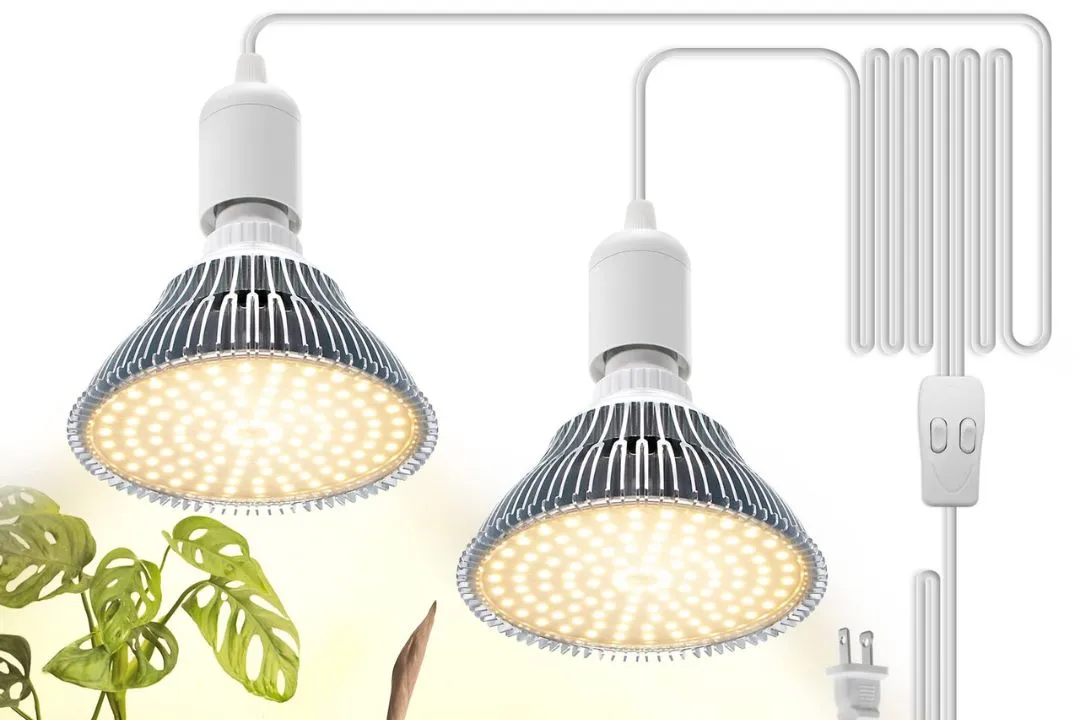
Hanging your lights right is key. You want them close enough to your plants, but not too close. Here’s how:
- Use adjustable chains or rope ratchets
- Start lights 6 inches above seedlings
- Raise lights as plants grow
- Keep lights 12-18 inches above mature plants
Step 4: Install Timer

Plants need a day-night cycle, just like us. Timers help you:
- Mimic natural light cycles
- Save energy
- Ensure consistent light exposure
Set your lights to run 14-16 hours a day for most plants.
Step 5: Manage Extras

What Extras Can Boost Your Indoor Garden? Let’s explore some simple additions that can take your indoor garden to the next level.
Beyond lights, consider these extras:
- Reflective material for walls
- Fans for air circulation
- Hygrometer to measure humidity
- Thermometer for temperature control
The following YouTube video should help you get an in-depth idea about grow lights for houseplants.
3 Easy Tips to Keep Your Indoor Garden Happy
Your indoor garden’s like a pet – it needs a little love to thrive! Here’s how to keep it growing strong.
- Light Check: Wipe your grow lights once a month and swap out any dead bulbs. Plants need light to grow, so keep things bright!
- Growing Up? Move the Light Up! As your plants get taller, adjust the grow lights a few inches higher. This keeps all the leaves happy.
- Feeling Hot or Dry? Most plants like it between 65-75°F. If your air is dry, a humidifier helps!
Recommended Article: How Long To Keep Grow Lights On Plants
Conclusion
Indoor growing is a rewarding and flexible way to cultivate plants year-round. With control over the environment, you can avoid pests and harsh weather. But ultimately the key to success is using the right grow lights.
Fluorescent lights are great for seedlings, while LED lights offer efficiency and customization. HID lights are ideal for larger setups. Keep a few things in your mind – Set up your lights properly, choose the right space, and manage extras like fans and timers. By following these steps, you’ll create an optimal indoor growing environment.

